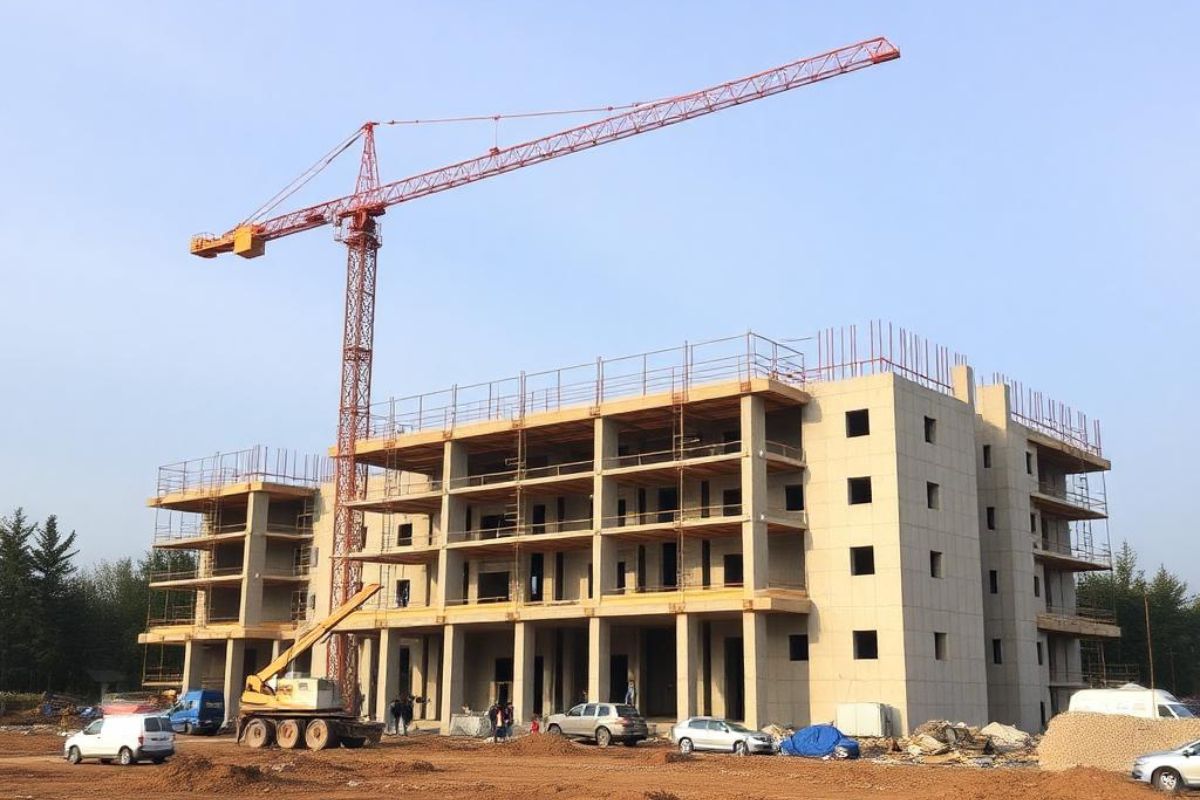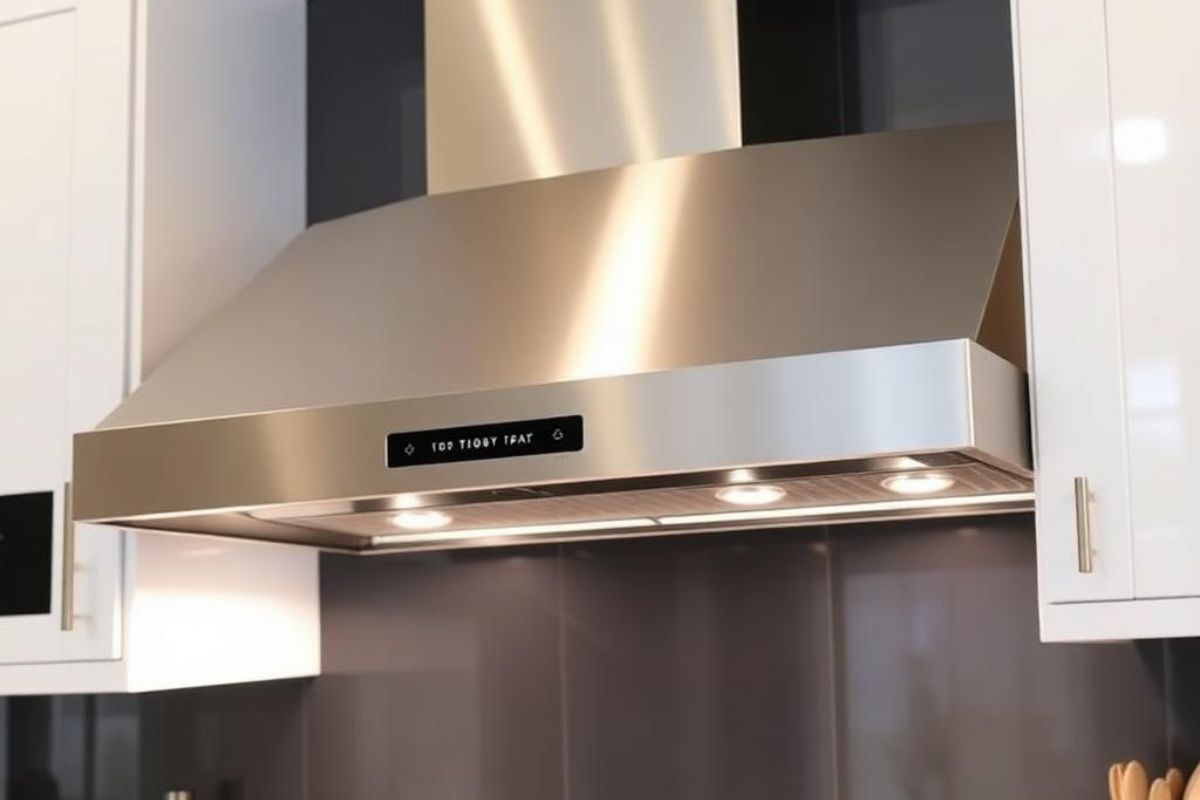Building Homes and Blockchain: The Future of Sustainable Living

Image Source: Canva
In recent years, the tiny house movement has surged powerfully because of this cry for a more sustainable, cost-effective and minimalistic life. With its dimension-changing trend, new technologies continue to crop up, providing more revolution in the design, build and management of this abode. And then comes blockchain.
Though best known as the technology underlying cryptocurrency transactions and the historical Solana price history, blockchain is on course to issue the construction industry one of its most significant innovations, especially in tiny homes. This post gives insight into how the building of dwellings uses blockchain technology and its benefits while showing some applications and what the future may hold.
Understanding Blockchain Technology
Before getting into its applications for home building, we first look at precisely what blockchain is. It is a decentralized ledger technology that records transactions across several computers. The system forms links between records, described as blocks. It guarantees transparency, security and immutability. It was developed for Bitcoin. Blockchain today is a developed technology that finds use beyond just digital currency, notably in the finance, healthcare, supply chain and construction industries.
The Tiny Home Movement: A Brief Overview
Tiny homes represent living simply in small, efficient spaces—from 100 to 400 square feet big—with many benefits, like sustainability, reduced cost of living and a reduction in the trappings that one usually has by materialism. Tiny homes can be built on wheels, on foundations, or even merged into the structure of another building. The factors responsible for the desirability of small houses are form freedom from conventional housing restrictions, affordable cost and lesser environmental footprint.
Blockchain in Construction: Revolutionizing the Industry
Blockchain is arguably one technology that offers many benefits to the construction industry, especially during the construction of tiny homes. Some of the most noted include transparency, security, process flow and project management. Here's how blockchain can change tiny home construction:
Transparency and Trust: Blockchain's model of operation—as a peer-to-peer transaction-enabled platform—ensures the transparency and verifiability of all transactions and records. This, in turn, creates trust among the stakeholders, such as the contractors, suppliers and home buyers, through a very clear and immutable record of every transaction and decision made during the entire construction process.
Enhanced Security: Blockchain includes security aspects that protect sensitive information and drastically reduce the risk of fraud. Smart contracts are self-executing contracts whereby the terms of the contracts are directly written into lines of code; they, therefore, automate and enforce the non-contravention agreements made by all parties involved as per the terms.
Streamlined Processes: Blockchain can streamline various processes connected with the construction cycle, from procurement to project management, which saves time and cuts the cost of constructing tiny homes by way of an automated workflow serving to reduce paperwork.
Supply Chain Management: The effectiveness and transparency of the supply chain could be enhanced due to the trackability and verification properties of the blockchain material origin. This ensures the environmental sustainability of sourcing only the right, quality materials to construct tiny homes.
Case Studies: Blockchain in Action
There are several projects and companies already involved in the application of blockchain technology to construction. The following case studies show how blockchain can be the industry-friendliest instrument for the tiny home:
Propy is a real estate platform that uses blockchain technology to help property transactions. It makes the overall process of maybe acquiring the large piece of land on which one desires to build a tiny home easy because it offers a secure and transparent way to buy and sell property over its platform.
Construction Blockchain Consortium (CBC): It is just a pool of construction stakeholders and academicians working to develop blockchain-led solutions for the construction sector. Focus includes: project management improvements, supply chain transparency and sustainable building.
Brikcoin is a blockchain-based marketplace that finances the development of affordable tiny homes. Leveraging blockchain for the management of funds and transactions, Brikcoin can create easier and more cost-effective construction access to tiny homes for larger segments of the population.

The Role of Cryptocurrency in Tiny Home Construction
In addition, cryptocurrency—on top of blockchain—can play a massive role in the tiny homes movement. For matters of alternative finances and safe payments, cryptocurrency can ease the process of small home construction in the following ways:
Investment Opportunities: Cryptocurrency investments may just be the miracle to fund these tiny house projects. With several online platforms giving detailed historical Solana price history and much more on other digital currencies, it gives investors a clear investment-making ground, consequently funding sustainable housing.
Alternative Financing: These could explore alternative financing schemes that use cryptocurrencies like Bitcoin and Solana to construct or acquire tiny houses. These could harness available digital currencies to finance construction projects, make purchases that are necessary for the materials and pay contractors—all on decentralized platforms and easily accessible to many.
Secure Transactions: The feature of this cryptocurrency emanates from the fact that blockchain is encapsulated to make such virtuous security and transparency in transactions. This particular advantage is shown with international transactions, for which regular methods in banking tend to be relatively slow and very expensive.
Sustainable Building Practices and Blockchain
Sustainability is one of the central tenets that a tiny house movement builds on and for sustainable building, blockchain technology is used. This increases transparency in the structural and logistical histories of materials, inlining sustainable materials and methodologies into making low-energy structures with the appropriate materials. Here are various ways through which blockchain can be harnessed to establish sustainability in tiny home construction:
Verification of material: Through blockchain assistance, the verifiability of building materials is possible from their respective sources to the sustainability thereof. This ensures that the material used for building is kind to the environment and sourced ethically, providing, therefore, transparency that fosters accountability in using sustainable resources.
Waste reduction: Blockchain can help reduce wastage and inefficiency in the construction process by streamlining processes and better project management. Smart contracts in process automation and the consequent effective use of material resources in a project ensure conservation—reduction of waste and, thereby, environmental impacts.
Improved Energy Efficiency: The integration of the technology would measurably advance energy efficiencies from its sharing economy of renewable energy sources to its integration with smart home technology within the tiny home, hence the endless possibilities. Blockchain may help in ensuring these efficiencies and prove to assist in creating environmentally friendly, energy-efficient living spaces.
Challenges and Considerations
While blockchain technology offers numerous benefits, there are also challenges and considerations to keep in mind. These include:
Technical Complexity: Implementing blockchain technology requires technical expertise and resources. Builders and developers may need to invest in training and infrastructure to effectively leverage blockchain in tiny home construction.
Regulatory Environment: The regulatory landscape for blockchain and cryptocurrency is still evolving. Builders and developers must stay informed about regulatory changes and ensure compliance with relevant laws and regulations.
Adoption and Acceptance: Widespread adoption of blockchain technology in the construction industry may take time. Stakeholders need to be educated about the benefits and potential of blockchain to encourage acceptance and integration.
Future Prospects: Blockchain and Tiny Homes
The future of tiny home construction looks promising with the integration of blockchain technology. As more builders and developers recognize the benefits of blockchain, we can expect to see increased adoption and innovation in the industry. Here are some potential future developments:
Smart Tiny Homes: The integration of blockchain with IoT (Internet of Things) technology can create smart tiny homes that are energy-efficient, automated and connected. These homes can optimize energy usage, enhance security and provide a high-tech living experience.
Decentralized Construction Networks: Blockchain can enable decentralized construction networks, where builders, suppliers and homeowners collaborate on projects in a transparent and secure environment. This decentralization can democratize the construction process and make tiny home buildings more accessible.
Tokenized Real Estate: The concept of tokenized real estate, where property ownership is represented by digital tokens on a blockchain, can simplify the buying and selling of tiny homes. This innovation can increase liquidity and make property transactions more efficient.
Conclusion
The crossroads between home construction and blockchain technology make for quite a collaboration that can be key in future sustainable living. This means that with the efficiency of transparency and security it brings blockchain technology in constructing tiny homes could be highly instrumental in making sustainable building practices real. Innovation and eco-friendliness-based housing solutions, combined with the aged movement of small houses, will be spurred by embracing blockchain technology. With blockchain in the limelight, building houses for the future shines bright as it moves us towards a more sustainable and connected world.









